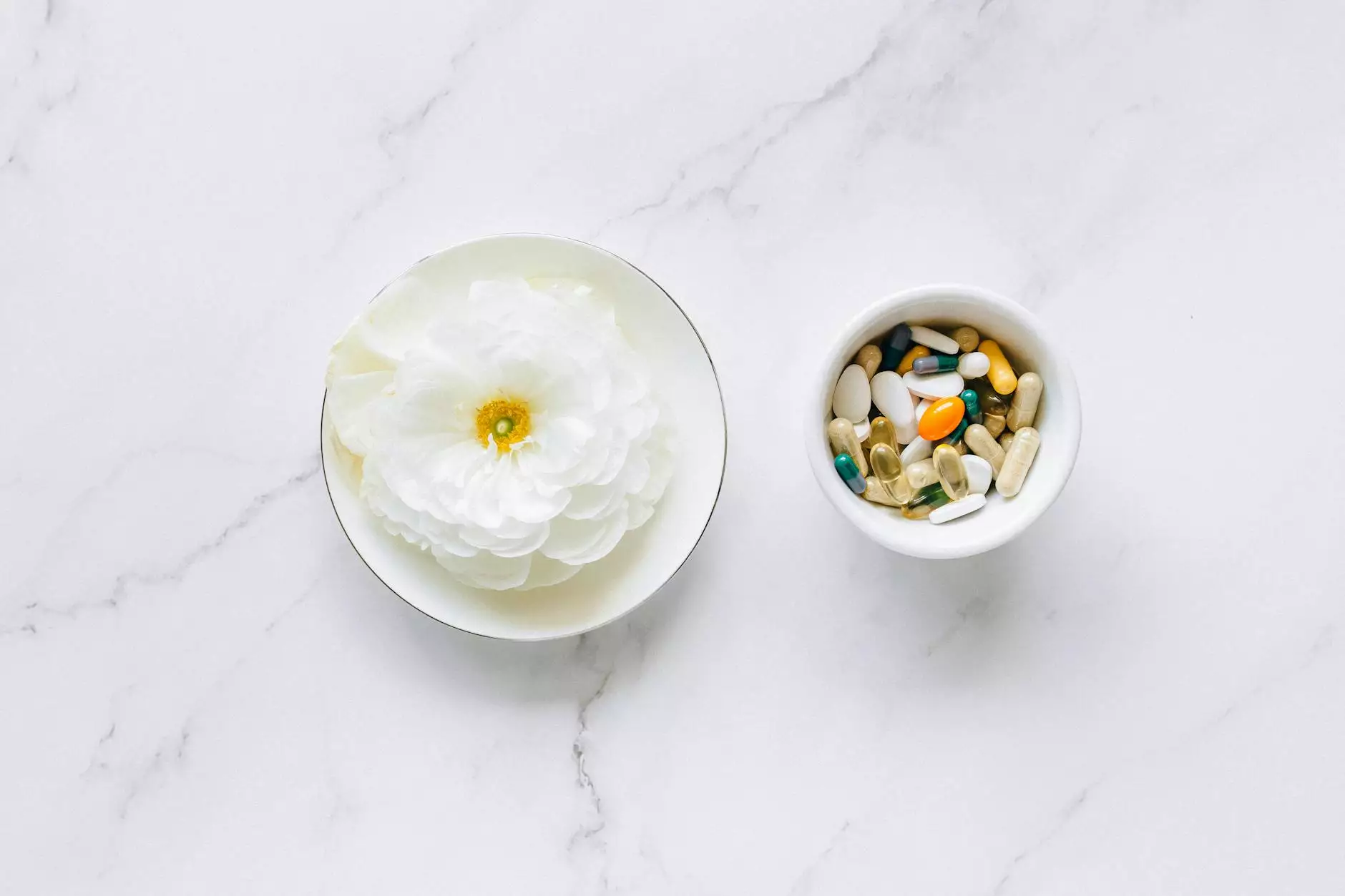Growing Wasabi Root: A Comprehensive Guide

This article will cover:
- Understanding Wasabi
- The Ideal Growing Conditions for Wasabi
- The Step-by-Step Process of Growing Wasabi Root
- Caring for Your Wasabi Plants
- Harvesting and Using Wasabi
- The Nutritional Benefits of Wasabi
- Conclusion
Understanding Wasabi
Wasabi (Wasabia japonica) is a perennial plant native to Japan, renowned for its unique flavor and pungency. This root vegetable is often referred to as Japanese horseradish, but true wasabi is distinct from the more common horseradish found in grocery stores. Understanding the plant and its characteristics is crucial for anyone looking to embark on growing wasabi root.
Wasabi is prized not only for its culinary applications in sushi and sashimi but also for its numerous health benefits, including its anti-inflammatory and antimicrobial properties. As the demand for authentic, fresh wasabi increases, chefs and home gardeners alike are becoming more interested in how to successfully cultivate this traditional ingredient.
The Ideal Growing Conditions for Wasabi
To successfully grow wasabi root, it is essential to replicate its natural habitat as closely as possible. Here are the key factors that influence growth:
1. Water Quality
Wasabi thrives in clean, cool, and flowing water. The ideal temperature for wasabi cultivation is between 45°F to 75°F (7°C to 24°C). Spring water or water with low mineral content is preferred to avoid any adverse effects on flavor and growth.
2. Soil Requirements
Wasabi grows best in rich, loamy soil with excellent drainage. The soil pH should ideally be between 6.0 and 7.5. Consider creating a raised bed using an organic mix that contains compost to enrich the soil further. Well-aerated soil helps to prevent root rot, a common issue in wasabi cultivation.
3. Light and Shade
In nature, wasabi plants grow in shaded areas near rivers and streams. Thus, it is important to ensure that your wasabi plants get partial to full shade. If you are growing them in direct sunlight, providing shade cloth can help protect them from overheating.
4. Temperature and Humidity
Wasabi prefers a cool climate with high humidity. If you live in a warmer area, consider a mist system to keep the environment humid. The plant will not thrive in extreme heat, so taking precautions to maintain a suitable temperature is essential.
The Step-by-Step Process of Growing Wasabi Root
Step 1: Choosing Your Wasabi Plants
Start by selecting healthy wasabi rhizomes from a reputable source to ensure the best growth potential. Look for rhizomes that are firm with no signs of rot or damage.
Step 2: Preparing the Planting Area
Create a shaded area with access to water. You can use either an outdoor garden spot or a controlled greenhouse environment. Prepare the soil by tilling and mixing it with compost to enhance its fertility. Ensure the planting area has proper drainage to avoid waterlogging.
Step 3: Planting Wasabi
Plant the rhizomes in rows, burying them 1-2 inches deep in the soil. Maintain a spacing of at least 12 inches between each plant to allow room for growth. Water the area thoroughly after planting to settle the soil around the roots.
Step 4: Watering and Maintenance
Wasabi requires consistent moisture. Regularly check the soil and use a drip irrigation system if necessary to keep it moist but not saturated. Adding a layer of mulch can help retain moisture and suppress weeds.
Step 5: Managing Pests and Diseases
Keep an eye out for common pests like aphids and slugs. Employ organic pest control methods, such as introducing beneficial insects or using neem oil sprays, to keep your wasabi plants safe. Regularly inspect your plants for diseases, particularly root rot, and take immediate action if required.
Caring for Your Wasabi Plants
Taking care of wasabi plants involves regular monitoring and maintenance:
- Fertilization: Apply an organic fertilizer every 4-6 weeks to provide the necessary nutrients for optimal growth.
- Pruning: Remove any yellowing or dead leaves to promote healthy growth and airflow around the plants.
- Pest Management: Regularly check for signs of pests and diseases, addressing any issues promptly.
- Watering: Ensure the plants receive consistent moisture, especially during dry weather.
Harvesting and Using Wasabi
After about 18 months, your wasabi plants will be ready for harvest. Carefully dig up the rhizomes, taking care not to damage them. Wasabi root can be used fresh, grated, or processed into paste for culinary uses.
Fresh wasabi offers a much more complex flavor than the paste commonly found in stores. It is distinctively aromatic and can elevate sushi and other Japanese dishes. Always use a sharpened grater, ideally a traditional oroshigane, to release the plant's natural oils and achieve the best flavor.
The Nutritional Benefits of Wasabi
Not only is wasabi a *culinary delicacy*, but it also offers various health benefits:
- Anti-Inflammatory Properties: Wasabi contains compounds that can reduce inflammation and aid in recovery.
- Rich in Antioxidants: The root is packed with antioxidants, which help fend off oxidative stress.
- Supporting Digestive Health: Wasabi can aid digestion and improve gut health.
- Antimicrobial Effects: The natural compounds in wasabi have shown the ability to combat certain bacteria, making it beneficial for food safety.
Conclusion
Growing wasabi root can be a rewarding endeavour for any culinary enthusiast or chef looking to enhance their dishes with authentic flavors. By understanding the ideal growing conditions and taking care of your wasabi plants, you can cultivate this remarkable root and enjoy its culinary and nutritional benefits. Whether you're a restaurateur, a sushi bar owner, or simply a fan of Japanese cuisine, investing the time and resources into growing wasabi root will undoubtedly pay off in delicious ways.
For more information on wasabi and its culinary applications, visit realwasabi.com.









